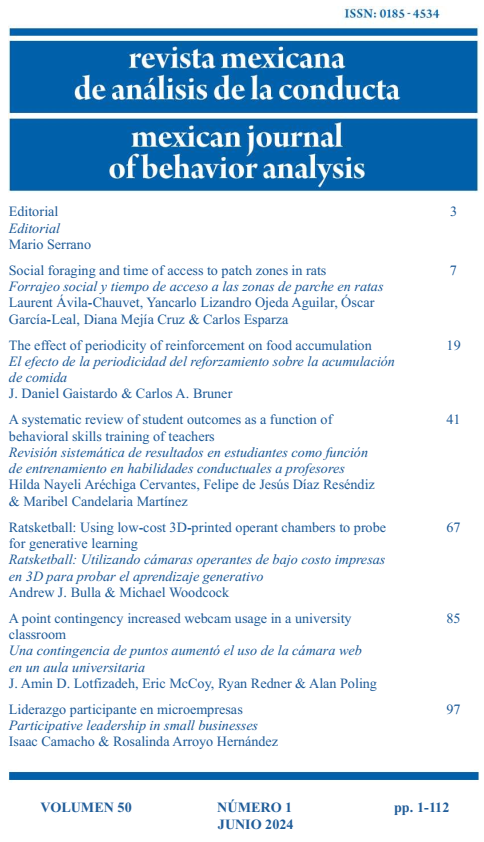Ratsketball: Using low-cost 3D printed operant chambers to probe for generative learning
Main Article Content
Abstract
The cost of operant chambers used to teach students basic concepts and principles of behavior analysis and learning has increased across time, adding a barrier for instructors who wish to incorporate animal models within their laboratory courses, instead using virtual and analog models. Researchers have begun to investigate the use of 3D-printed operant chambers in laboratory classes as a low-cost alternative to traditional operant chambers. The current paper extends the literature on low-cost alternatives and provides an overview of the methodology to create and use 3D-printed operant chambers designed to function as basketball courts. In addition to specific instructions to assemble these boxes, we present a rationale as to how instructors can use these chambers in assignments designed to teach concepts and principles of operant conditioning, while establishing novel topographies of behavior not commonly seen in rats (i.e., placing basketball in hoop). We present sample data from the course assignment to highlight the utility of these chambers. It is our hope that researchers and instructors can use these methods to replicate this novel extension of traditional operant conditioning procedures to behaviors not commonly established in operant conditioning laboratories.
